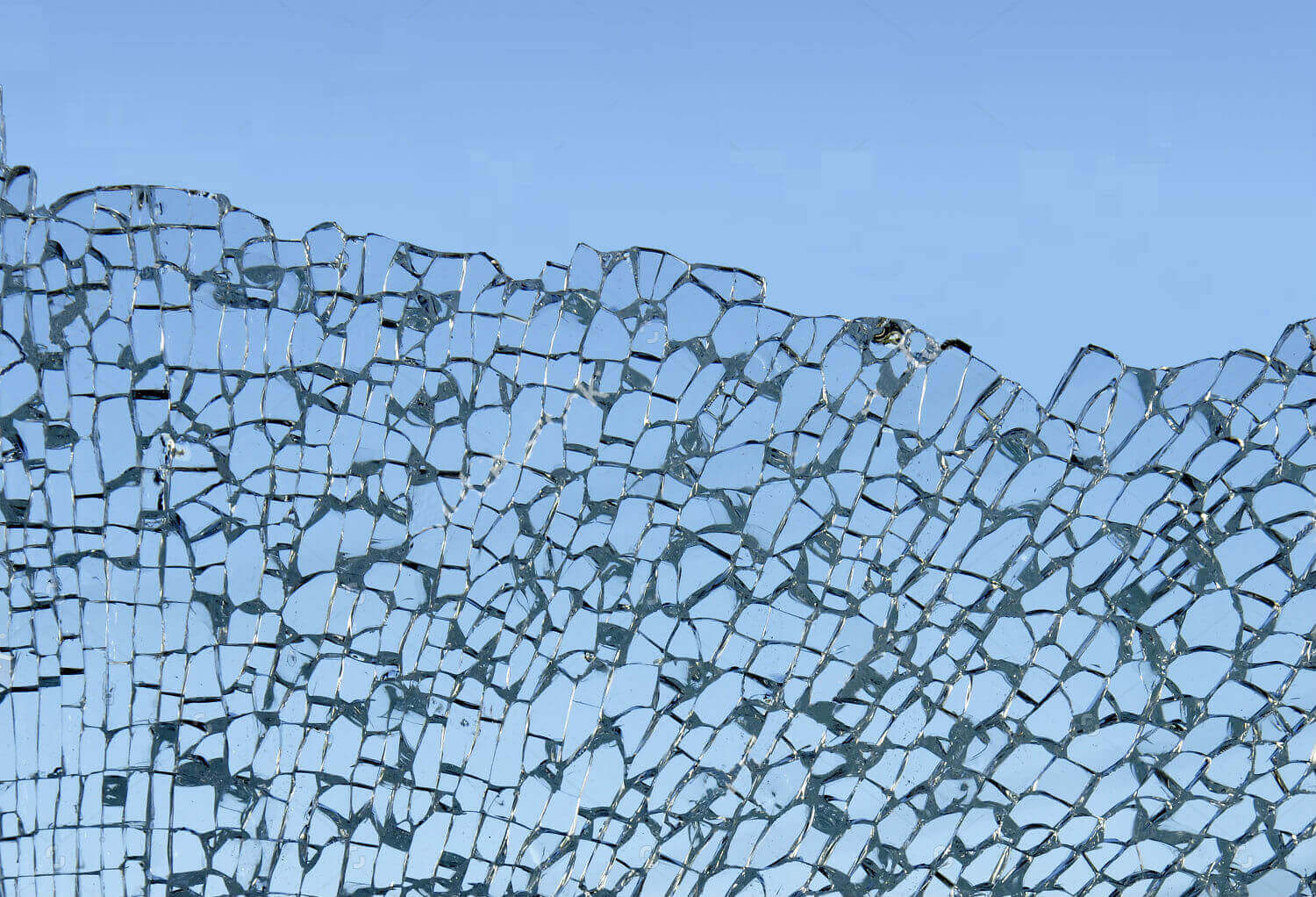
Tempered or toughened glass could save lives.
Produced using a slower cooling process, this type of safety glass is much stronger and safer as compared to standard glass. Because of its high resistance to heat and breakage, tempered glass is widely preferred for building and establishment windows. It is also usually used for aquariums and table tops as well as a protective eyewear for divers and machinists.

Image courtesy of Shutterstock
Tempered or toughened glass could save lives.
Produced using a slower cooling process, this type of safety glass is much stronger and safer as compared to standard glass. Because of its high resistance to heat and breakage, tempered glass widely preferred for building and establishment windows. It also usually used for aquariums and table tops as well as protective eyewear for divers and machinists.
To the untrained eye, the tempered glass may seem to look the same as any type of glass. In order to identify it, many people would joke around and say, “Whack it! If it shatters into tiny, bite-size pieces, then it’s definitely tempered.” But, in all seriousness, how do you tell if a glass tempered (without a hammer involved)?
Below, we give you less destructive ways to identify whether or not your glass toughened.
Examine Its Edges
Normally, tempered glass has completely smooth edges due to the extra processing it goes through, while other types of glass usually have scuffed or ridged edges.
If the edges of the glass exposed, run your fingers along them. Provided that the roughness not the result of abrasion, any impression of roughness likely means that the glass not tempered.
Keep an Eye for the Bug
We don’t mean the insect. In the construction trades, a bug is a tiny label etched or sandblasted in the glass’s corner. Along with the manufacturer name and the CPSC (Consumer Product Safety Commission) standards, this stamp indicates whether the glass tempered or not.
If you got the glass directly from the manufacturer, you’ll easily see the marking. But that isn’t always the case, especially when the glass has frames concealing the stamp. So you have to watch out for other clues.
Look for Imperfections
If you notice any warping, bending, or dimples on the glass, then it most likely toughened glass. These imperfections typically occur during the heating process. Because the glass undergoes extreme heat, the tongs used to handle it often leave a slight impression on the surface that you may be able to identify if you look closely enough.
Some tempered glass may also have surface scratches that typically caused by the small particles from the machine rollers that melted and fused to its surface. This leftover debris gets dragged around during normal cleaning, producing light scratches.
View the Glass Through Polarized Lenses
If you try to view tempered glass in sunlight with a polarized pair of sunglasses, you will see dark, shady spots or lines stretching across its surface–a prime indicator that the glass toughened. These lines we formed by the machine rollers during the tempering process.
Score a Line (Only If You Plan on Cutting It Away)
If all else fails, consider scoring a line on the glass surface using a window-cutting tool. It creates an uneven and flaky line, it tempered. If you plan to cut the glass, take it to a specialist so that it can cut without causing cracks or chips.
